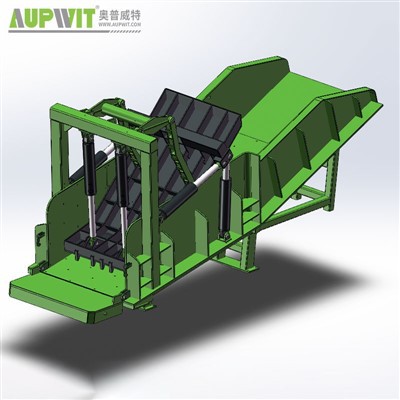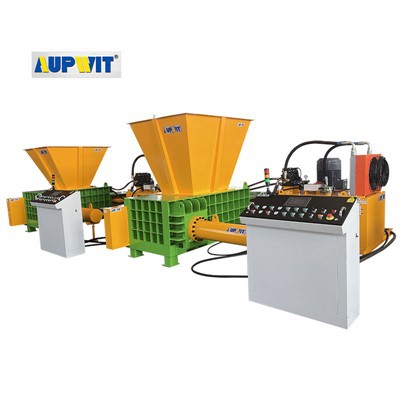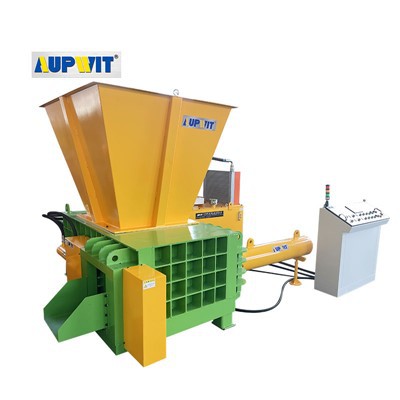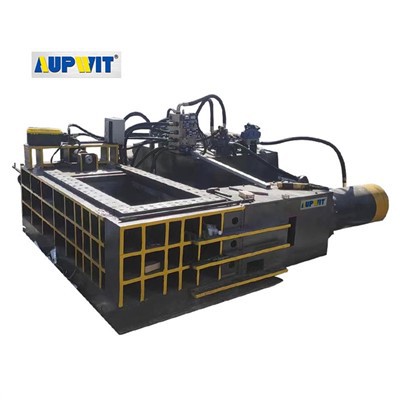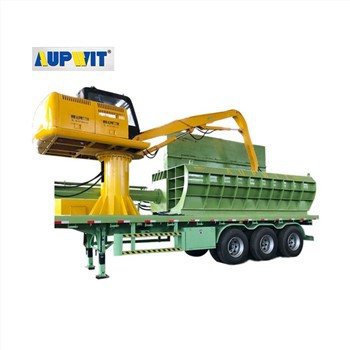Equipment Testing Procedures
1. Basic No-Load Run Test
- Perform no-load test after installation
- Observe motor operation for smoothness and abnormal noise
- Check compression plate movement for uniform speed
- Test inlet/outlet door operation and locking mechanism
2. Load Compression Performance Test
- Gradually introduce tires for load testing
- Verify compression force meets specifications
- Test at rated capacity for stability
- Check briquette uniformity and compaction
- Record compression cycle duration
3. Safety Protection Function Test
- Test emergency stop button response time
- Verify guardrails and safety interlocks effectiveness
- Check overload protection functionality
- Ensure automatic shutdown when safety limits exceeded
4. Hydraulic System Performance Inspection
- Check for leaks in pipe connections
- Monitor hydraulic pump pressure range
- Verify smooth pressure transitions
- Check hydraulic oil temperature after operation
5. Control System Accuracy Test
- Test parameter adjustment sensitivity
- Verify automated process consistency
- Check sensor accuracy (material/position detection)
- Ensure reliable system monitoring
6. Overall Operational Stability Assessment
- Perform continuous batch testing
- Monitor for overheating or abnormal noise
- Check equipment foundation connection
- Evaluate long-term operational stability
All test procedures must be thoroughly documented. Any deviations from expected performance should be investigated before putting equipment into full operation. Regular testing intervals should be established for ongoing performance monitoring.


